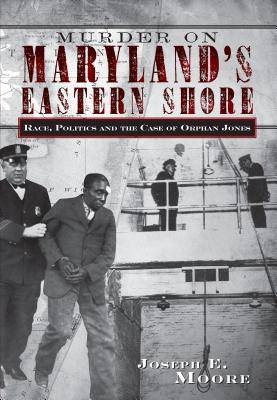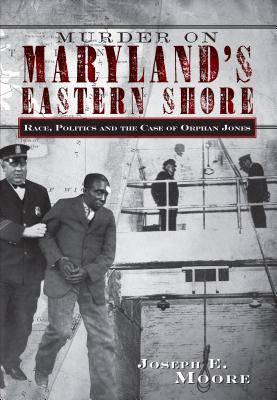
- Afhalen na 1 uur in een winkel met voorraad
- Gratis thuislevering in België vanaf € 30
- Ruim aanbod met 7 miljoen producten
- Afhalen na 1 uur in een winkel met voorraad
- Gratis thuislevering in België vanaf € 30
- Ruim aanbod met 7 miljoen producten
€ 34,95
+ 69 punten
Omschrijving
Murder on Maryland's Eastern Shore, by former Worcester County, Maryland State's Attorney Joseph E. Moore, explores the racially charged case of Euel Lee, alias Orphan Jones, an African American worker accused of murdering his white employer and family. Moore reconstructs the crime and ensuing trial of Orphan Jones against the backdrop of Jim Crow politics, which was very much a part of America in the 1930s. Moore provides accurate detail, local color and an enlightening empathy with all the participants in the saga of Euel Lee. He has sought out and mastered the available evidence, even to the extent of locating the two confessions of the convicted murderer. The Euel Lee case as explored by Joe Moore is more than good, readable, local history. It is about the stresses and strains in American society in the Depression, from the radicalism of a young Communist lawyer to the conscious efforts of a rural community to contain violence, confront or at least deal with their prejudices and see that justice was served for a senseless murder in their midst. Moore sets a high standard of factual accountability and entertaining narrative based upon oral history and archival research. General readers and scholars alike will not be disappointed.
Specificaties
Betrokkenen
- Auteur(s):
- Uitgeverij:
Inhoud
- Aantal bladzijden:
- 256
- Taal:
- Engels
- Reeks:
Eigenschappen
- Productcode (EAN):
- 9781596290778
- Verschijningsdatum:
- 1/02/2006
- Uitvoering:
- Paperback
- Formaat:
- Trade paperback (VS)
- Afmetingen:
- 171 mm x 249 mm
- Gewicht:
- 625 g

Alleen bij Standaard Boekhandel
+ 69 punten op je klantenkaart van Standaard Boekhandel
Beoordelingen
We publiceren alleen reviews die voldoen aan de voorwaarden voor reviews. Bekijk onze voorwaarden voor reviews.










